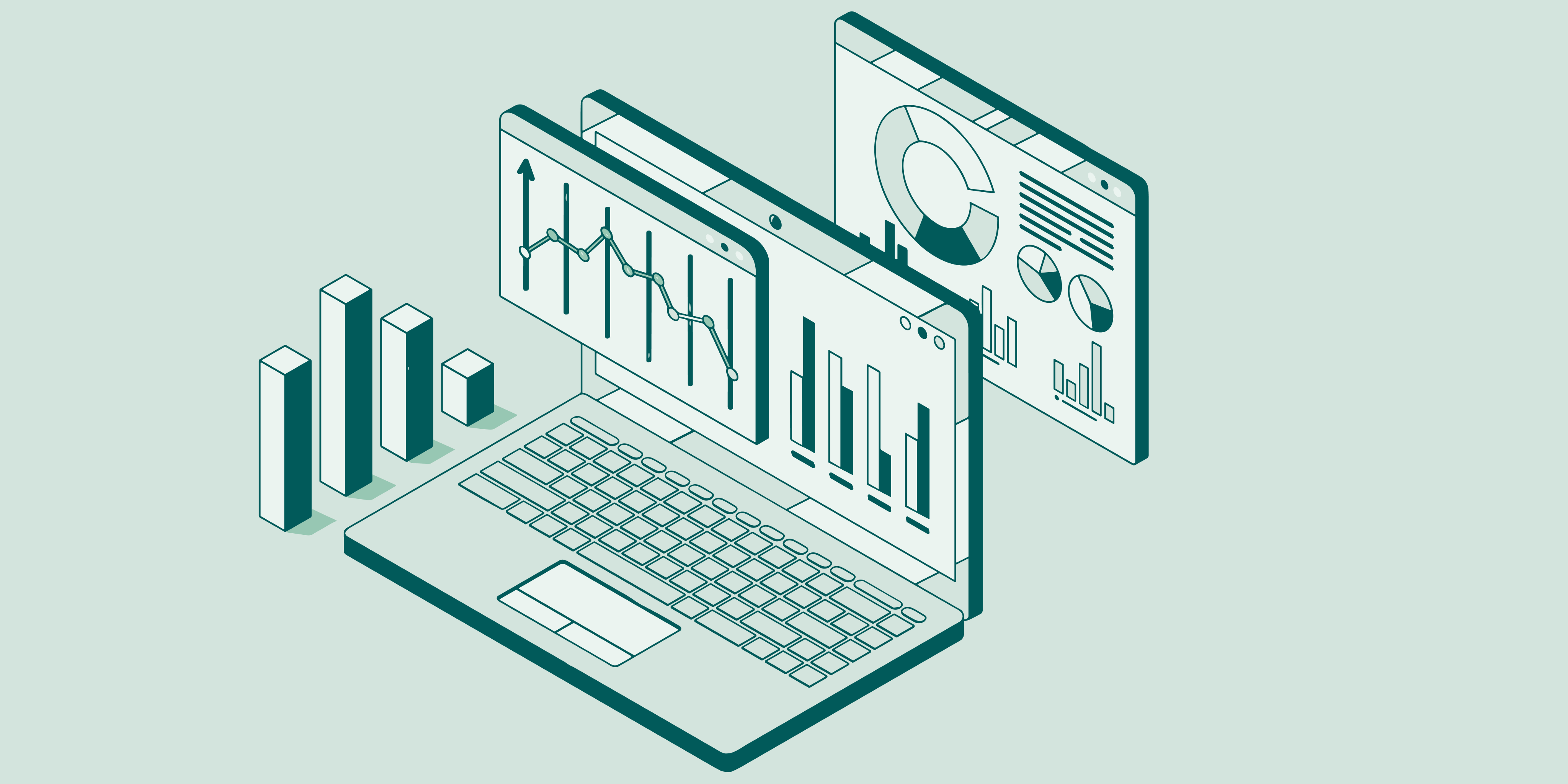Efficient queue management is a big deal in government offices like DMVs and City Halls. Long lines frustrate citizens and put extra pressure on staff.
Traditionally, offices have used a ticket queue system, where you take a number, wait your turn. It works, but lobbies still get crowded, wait times feel long, and there’s little room for flexibility.
Now, many agencies are switching to a virtual queue system. Citizens can check in digitally and wait remotely, which makes the whole experience smoother.
In this blog, we’ll break down the differences between ticket and virtual queues, explain how online ticket queues work, and help your office figure out which setup fits best.
What Is a Ticket Queue System?
A ticket queue system is the old-school way to manage visitors. People take a number when they arrive and wait for it to be called. First-come, first-served.
You see these in DMVs, city halls, permit offices, and other government counters. It keeps things orderly. No cutting in line. No confusion. But everyone has to be there in person. Lobbies can get crowded.
Ticket systems work for basic organization. But they don’t let people check in remotely or get updates in real time. That’s where virtual queues have the edge.
How Do Online Ticket Queues Work?
A ticket queue management system has evolved beyond paper tickets to include digital options through mobile apps and self-service kiosks. Citizens can take a virtual ticket while on-site or check in remotely, retaining the structured order of a traditional system while adding some convenience.

Pros of a Ticket Queue System:
Familiar and easy to understand for most visitors
Provides a clear, structured flow that reduces chaos in crowded offices
Simple to implement without major tech upgrades
Cons of a Ticket Queue System:
Physical waiting is often still required, which can frustrate visitors
Limited communication with citizens about wait times or delays
Less flexibility compared to a virtual queue system
This system works well for offices transitioning from traditional methods but may not fully meet modern expectations for convenience and real-time updates.
You might also like - The Hidden Challenges of Ticket-Based Queue Management in Public Sector Agencies (And Why Virtual Queues Are the Future)
Understanding Virtual Queue Systems
Virtual queues help manage visitors without the long lines. People check in digitally and wait somewhere else. Lobbies stay less crowded. Visits get easier.
Visitors can use an app, a website, or a self-service kiosk. They see updates on their spot in line and how long they’ll wait. That keeps them informed and less frustrated. Staff can handle services faster and smoother.
A virtual queue system isn’t fancy, it just makes the flow simpler, quicker, and easier for everyone.
How Do Virtual Queues Work?
A virtual queue system means visitors can join a line without standing at a counter. People check in using their phone apps, websites, or the kiosks at the entrance. Once they're in, they get their spot in line and the system tells them where they are and how long they'll wait.
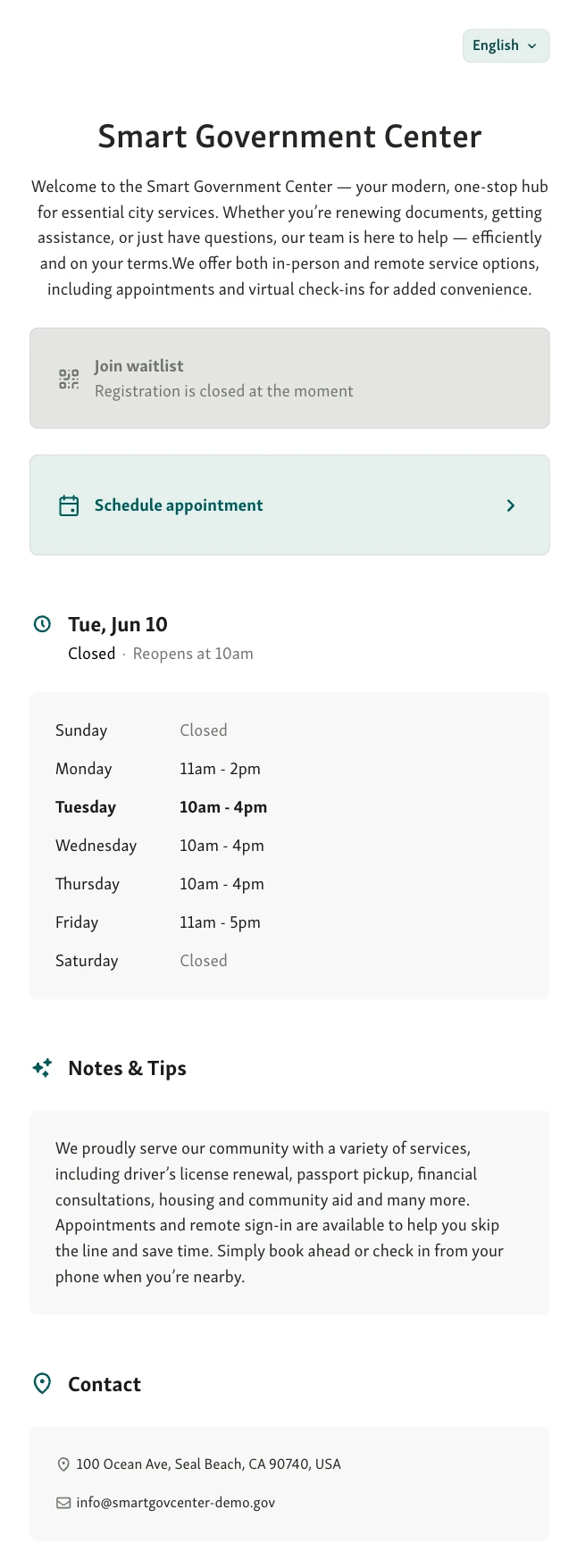
Pros of a Virtual Queue System
Nobody has to physically wait around anymore, so lobbies stay clear
You get updates in real-time if anything delays or changes
Works well during busy times and adjusts for different services
Cons of a Virtual Queue System
Not everyone has internet or knows how to use these tools
Getting started means connecting it to whatever systems you already have
Your team needs proper training before they can run it
When you put convenience and organized service together, virtual queue management makes citizens happier and helps front desk teams work better. Both sides come out ahead.
Ticket Queue Management System vs Virtual Queue System
Government offices today face a choice between traditional ticket queue management systems and modern virtual queue systems. Understanding these differences can help agencies select the system that best meets their needs.
1. Visitor Experience
Ticket Queue Management System
Traditional ticket systems work on a simple first-come, first-served basis that people recognize. Problem is, everyone ends up waiting in crowded lobbies, and that's where frustration builds up.
Gives you a clear order for service
You have to be there in person to check in and wait
No way to know how long you'll actually wait or if there are delays
Can't adjust when busy periods hit
Virtual Queue System
With virtual queues, visitors check in using mobile apps, websites, or kiosks. Then they get updates about where they stand in line and how much time's left. Much less frustrating when you know what's happening.
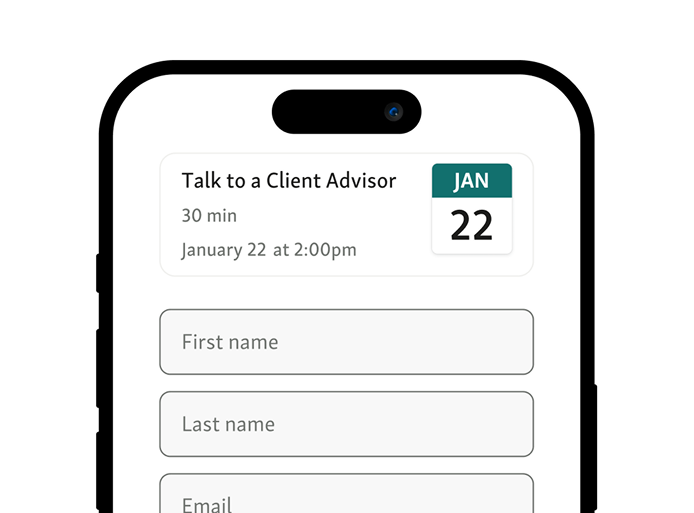
Check in remotely from wherever you are - lobbies stay empty
Updates tell you your spot and how long until your turn
Wait at home, in the office, or grab a coffee nearby
Takes the stress out of waiting since you're not stuck in one place
2. Staff Efficiency
Ticket-Based Queue System
Traditional ticket queue management systems are straightforward, smaller offices with fewer visitors find them simple to use. But they don't tell you much about how your services are performing or where to put your staff.
Works fine in low-traffic environments
Staff picks it up quickly without much training
Can't track wait times, bottlenecks, or how staff performs
Hard to figure out resources when things get busy
Virtual Queue System
A virtual queue management system gives frontline staff dashboards, analytics, and tools to manage resources as things happen. Even when your office is packed, operations keep running smoothly.
See visitor flow and queue status as it happens
Use data to put staff where they're needed most
Monitor how staff performs and which services take longest
Adjusts when demand changes, so productivity stays up
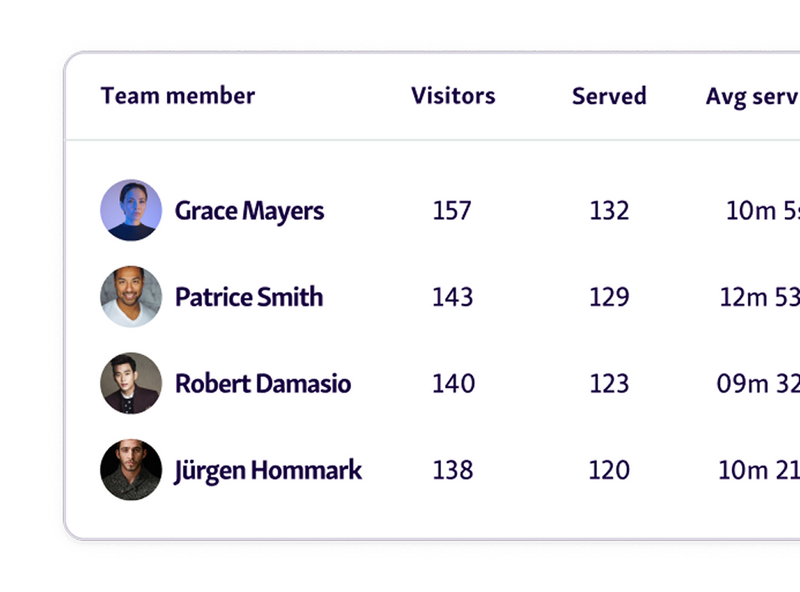
3. Scalability and Modernization
Ticket Queue System
Traditional ticket queue management systems hit a wall when demand grows. Want to add more counters or locations? You'll need more hardware and someone has to adjust everything manually. Not exactly efficient scaling.
Can't handle high traffic well
Growing means buying physical infrastructure and reshuffling staff
Doesn't connect with online services or remote check-ins
Not built for modern government offices that run on technology
Virtual Queue System
A virtual queue management system adapts to whatever you throw at it, multiple services, different offices, digital integrations. Agencies can grow without everything grinding to a halt.
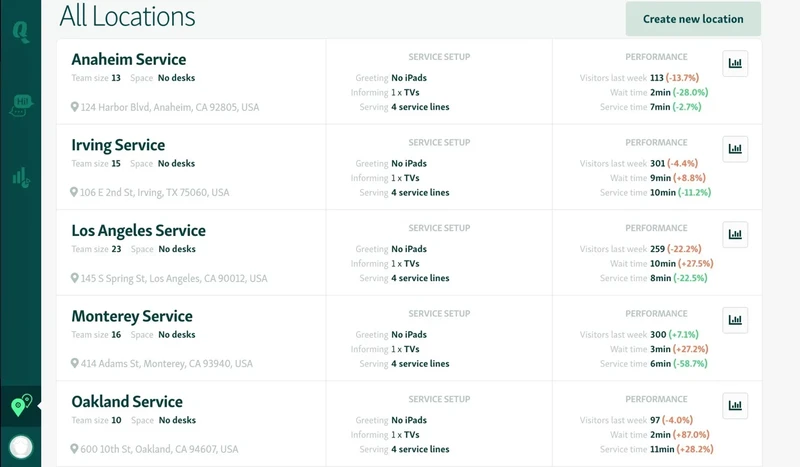
Handles multiple locations and services at once
Connects easily with online appointments and mobile check-ins
Adjusts itself when peak times hit or demand changes
Built for modern government services that put citizens first
4. Citizen Communication and Transparency
Ticket Queue System
Traditional ticket queue management systems don't communicate much. Citizens sit in the lobby without updates, wondering when their turn will come. That uncertainty breeds frustration.
Almost no real-time updates for visitors
No way to notify people remotely
Staff answers the same "how much longer?" questions all day
You're stuck relying on physical displays or shouting out numbers
Virtual Queue System
A virtual queue management system keeps citizens in the loop from start to finish. They know what's happening, which makes everyone happier.

Sends notifications through mobile apps, text messages, or kiosks as things happen
Shows estimated wait times clearly
People check in remotely and get alerts, so lobbies stay clear
When citizens see the system working efficiently, they trust it more
Quick Comparison Table
Here’s a quick comparison table for how ticket queue systems differ from virtual queue systems in terms of visitor experience, staff efficiency, scalability, and communication:
Aspect | Ticket Queue System | Virtual Queue System |
Visitor Experience | First-come, first-served; physical waiting; no real-time updates | Remote check-in via app, web, or kiosk; live updates; flexible waiting |
Staff Efficiency | Simple for small offices; limited tracking; hard to allocate resources | Real-time dashboards; monitor queues; optimize staff dynamically |
Scalability & Modernization | Hard to scale; manual adjustments; no online integration | Handles multiple services & locations; integrates with apps; adapts to peak demand |
Citizen Communication | Minimal updates; relies on displays; staff answer repeated questions | Real-time notifications via app/SMS/kiosk; transparent wait times; lobbies stay clear |
Also read - Single-Line Queues Vs Multiple-Line Queues: Which One Is Better?
Choosing the Right Queue Management System for City Halls and Government Offices
Picking the right queue management system matters. You want citizens to have a better experience, but you also need your operations running smoothly. Before you decide, here's what government offices should look at.
Budget: Figure out what your department can spend on hardware, software, and keeping everything running. Yes, it costs money upfront, but think about the efficiency you'll gain over time.
Visitor Volume: Getting tons of visitors every day? A virtual queue system makes more sense. Smaller offices with steady but manageable traffic? A basic ticket queue management system might do the job.
Digital Readiness: Can your staff handle new technology? What about your citizens, are they comfortable with apps and kiosks? You need both groups on board or the whole thing falls apart.
Staff Training: Your employees need to know how to run the system. Whether they're managing digital queues or helping citizens grab tickets, proper training makes or breaks implementation.
Solutions like Qminder offer virtual queue management systems built for government settings. They scale when you need them to, don't take forever to set up, and actually help offices cut wait times while making citizens happier with their visit.
Optimize Government Services with the Right Queue System
Choosing the right queue management approach can transform citizen experiences in City Halls and government offices. While ticket queue management systems provide structure, modern virtual queue systems offer flexibility, real-time updates, and scalability, reducing wait times, easing staff workload, and improving overall satisfaction.
Evaluating factors like visitor volume, digital readiness, and staff training ensures your office selects a solution that works for both employees and citizens.
Qminder offers a comprehensive virtual queue management system designed for government offices, making check-ins efficient, transparent, and stress-free.
Start your free trial of Qminder today and modernize your service delivery.
Yes. Modern virtual queue systems can manage multiple service types at once, ensuring that citizens waiting for different departments or tasks are served efficiently without mixing queues.
Absolutely. While high-traffic offices benefit most from advanced features, even smaller offices can implement virtual queue management systems to streamline check-ins and reduce in-person congestion.
Virtual queue systems automatically log check-ins, wait times, and service duration. This data can be analyzed to optimize staffing, identify peak hours, and improve overall operational efficiency.




